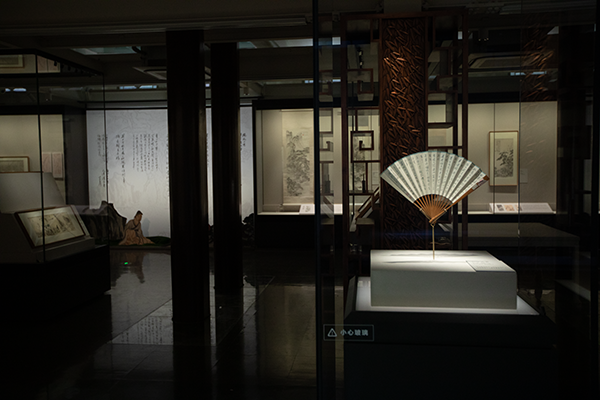Yunyan Temple Pagoda, Suzhou, Jiangsu province

The Yunyan Temple Pagoda is located on Huqiu Mountain in Suzhou city, Jiangsu province, and is commonly known as the Huqiu Pagoda. It was initiated in 959 and completed two years later. The pagoda went through seven fires between the 12th and 19th centuries, leaving its main body intact but causing the loss of its outer eaves and wooden bracket sets. Its long history echoes the local folk saying that Suzhou city itself came after the Huqiu Pagoda.

The octagonal pagoda is an imitation of a lofty wood pavilion. It has seven stories and stands at a height of more than 48 meters. The pagoda’s body is composed of three parts: the outer walls, corridors and a core structure.
The Yunyan Temple Pagoda tilts northeastward. According to preliminary measurements, the top of the pagoda has deviated from the center of its base by about 8 meters. The reason for the inclination is mainly due to the uneven settlement of the pagoda base, as the pagoda is built on a slope where there is more filled earth in the north and less in the south.

The pagoda is a fine example of the multi-storey pagodas in the lower reaches of the Yangtze River during the late Tang Dynasty (618-907) and the Ten Kingdoms (907-960). It provides a precious opportunity for researchers to study the evolution of pavilion pagodas in that region.




